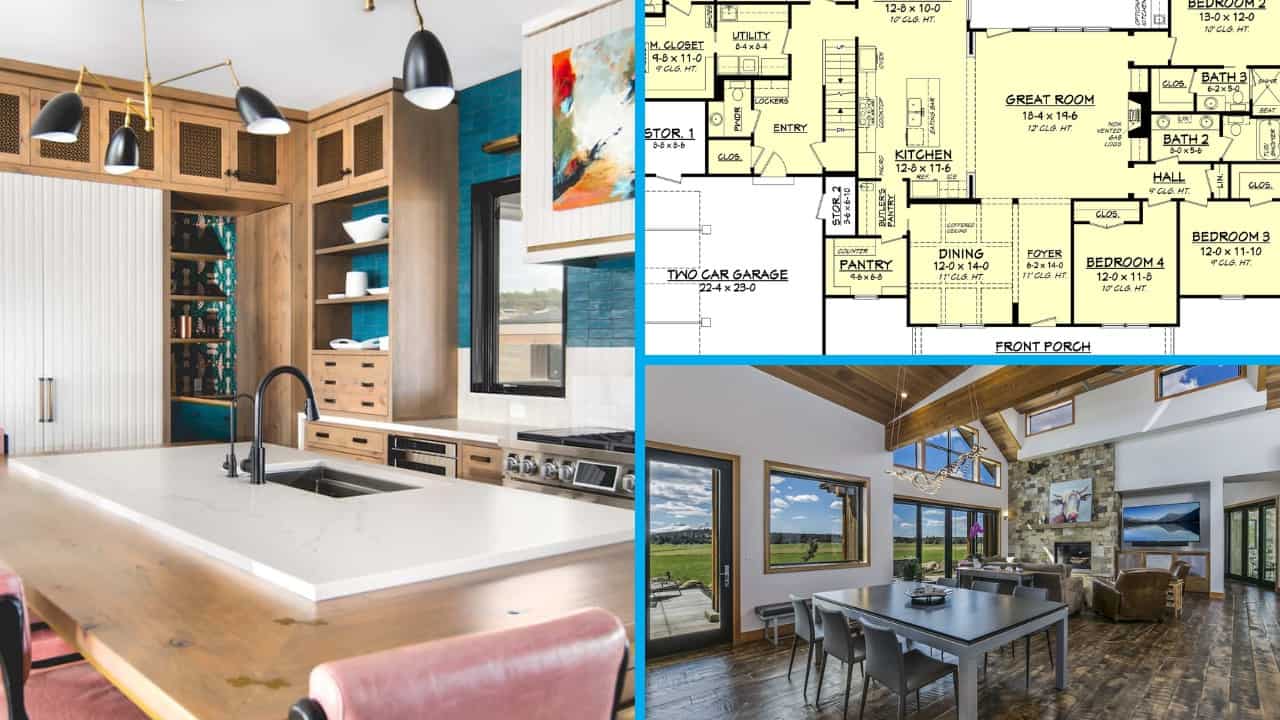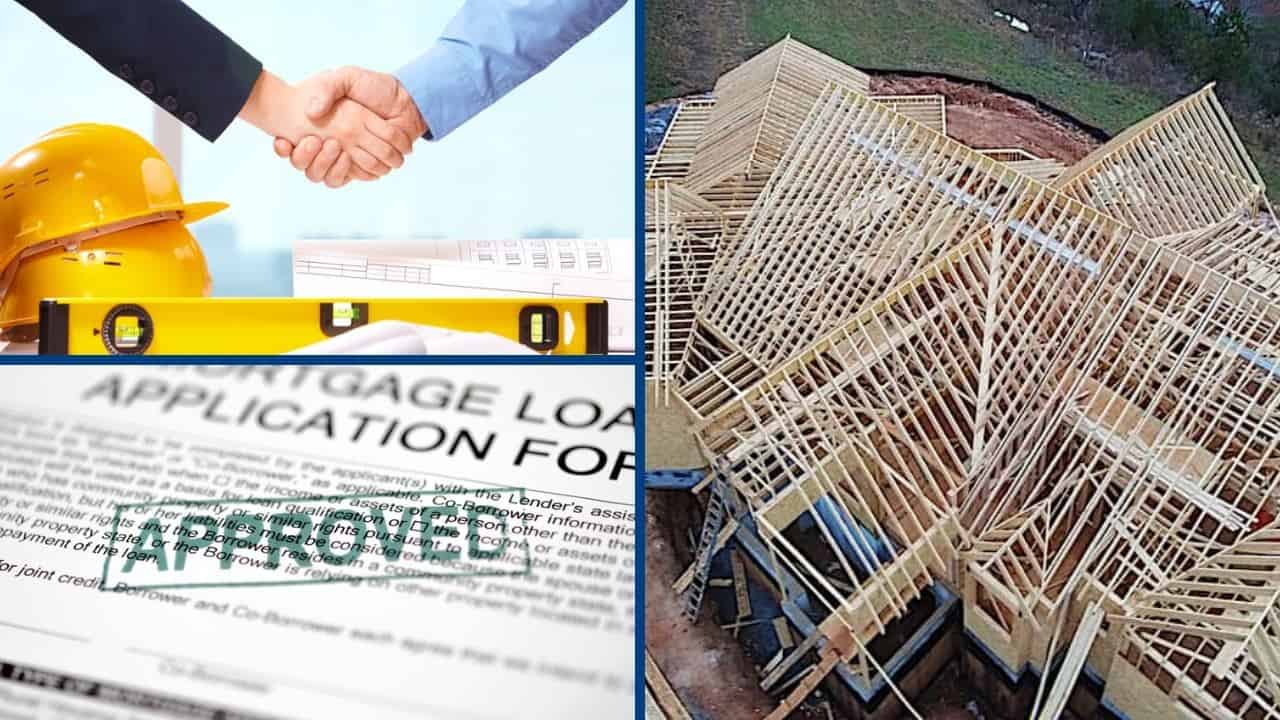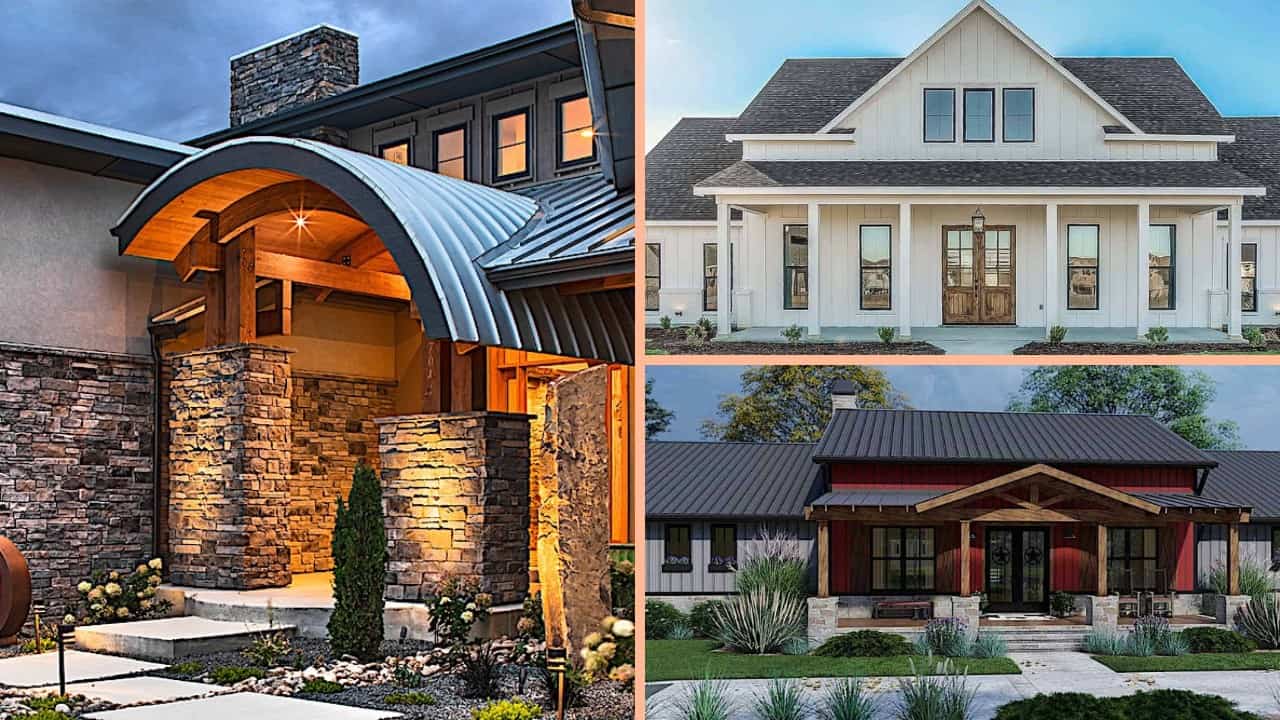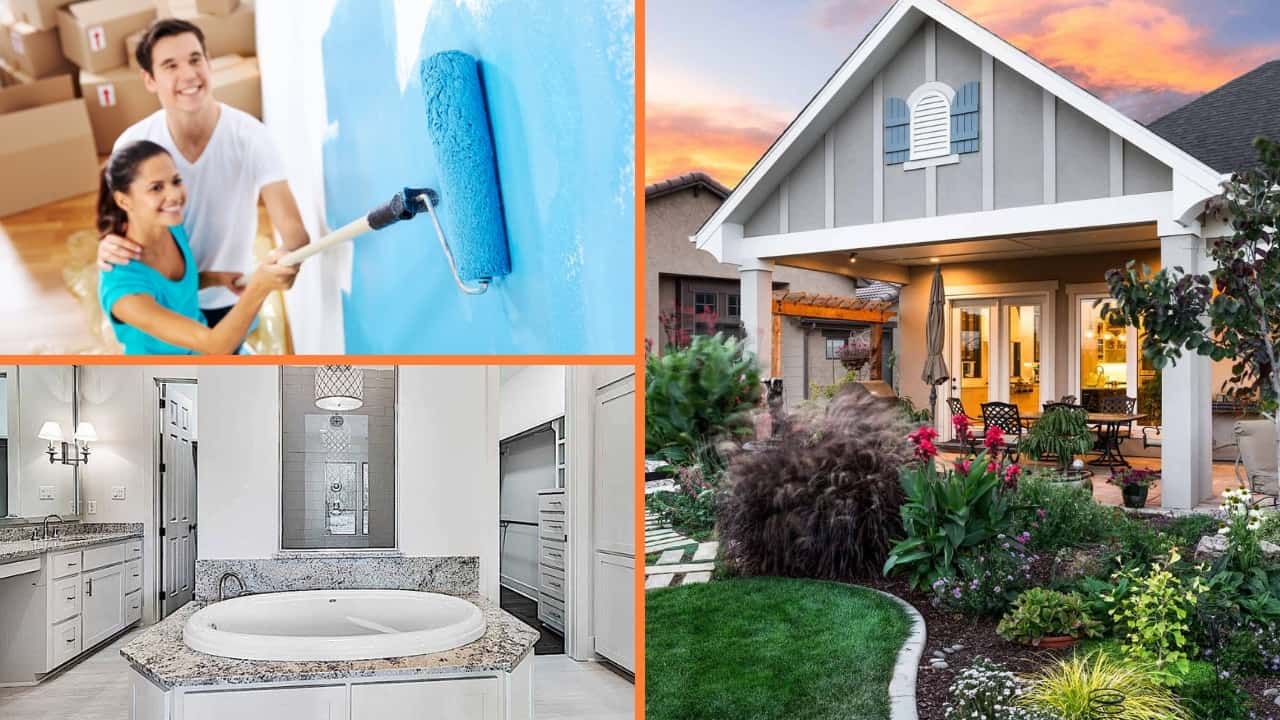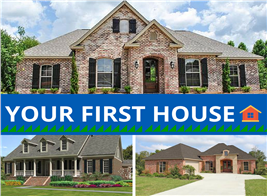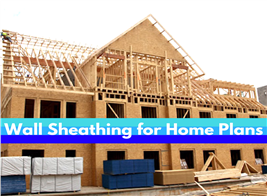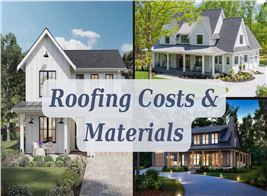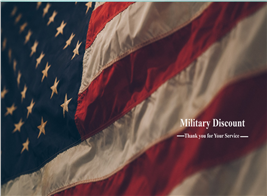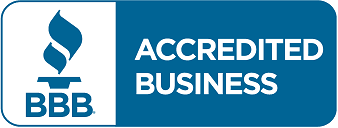Vacation Homes: The Idyllic Getaway Spots for Relaxation
By Laurel Vernazza | Updated April 12, 2023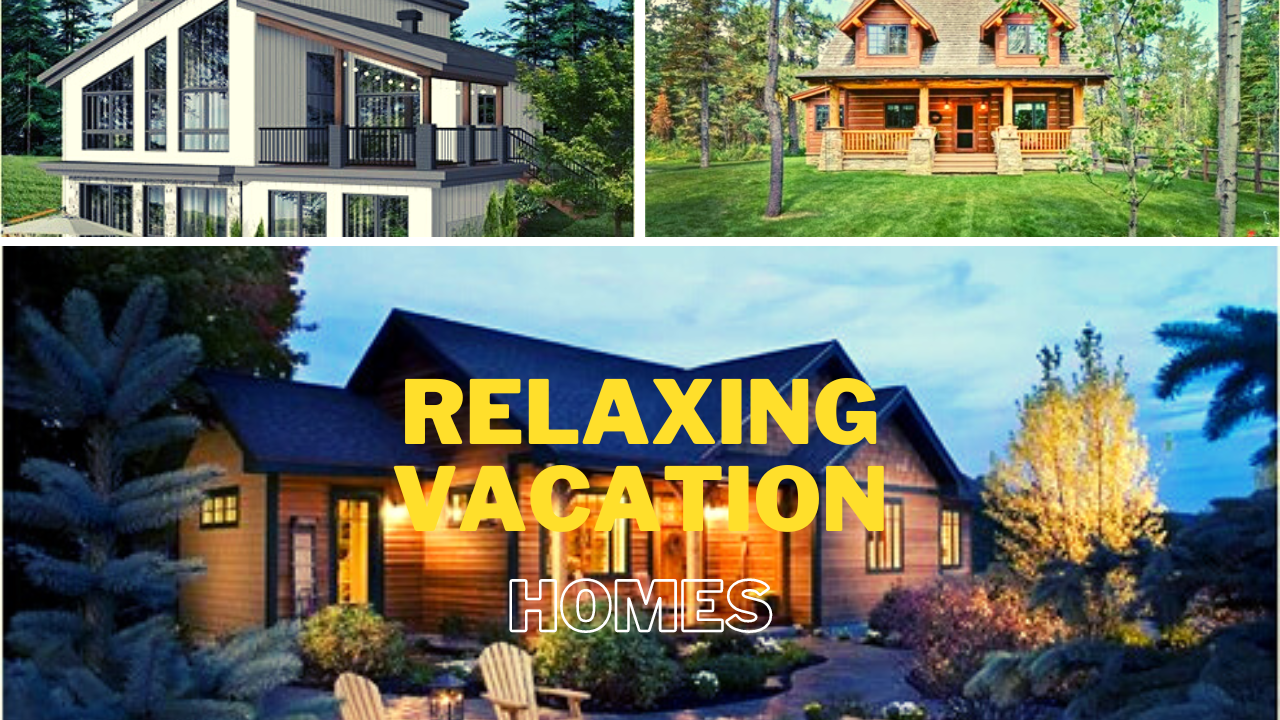
Is the Time Right for a Vacation Home?
From sunshine and spectacular ocean views to quiet cottages far from the hustle and bustle of everyday life, and popular spots with lots of attractions and adventurous excursions, vacation homes present a variety of options to families. And, with more Americans opting to work from home, it is quite tempting to move that office space to the beach house getaway.
While the prospect of that bucolic setting with mountain and ocean views is very appealing, it is imperative to look at the overall housing market, the timing, and rental challenges, and weigh the pros and cons of a vacation home – before making a definitive decision.
A charming two-story Rustic-style home located in a shady glade is an idyllic vacation home. The 1,972-square-foot home has an inviting covered front porch, three bedrooms (two of them are master suites), 3.5 baths, a rear porch, main floor laundry, mudroom, and family room. (Plan #196-1009)
What exactly is a vacation home?
A vacation home is described as a secondary dwelling – other than the homeowner’s primary residence – and is used primarily for recreational purposes, such as vacations and holidays.
Considered a secondary property, a vacation home is usually situated in a different location from the main residence and comes in all sizes and styles. It can be a condo, cottage, a cabin by the lake, or the foot of the mountains.
Let’s look at the key differences between a main residence and a vacation getaway.
Primary Residence vs. Vacation Home
- The main property is where a family, a couple, or a single individual lives for most of the year.
- A vacation home – located in another place or state - is used a few weeks a year as a getaway place for relaxation, rest, and recreational activities. We’ve heard of people in the Northeast who own cottages, beach homes, or condos in Florida or warmer places so that they can escape the harsh winters.
- Mortgages for vacation homes have generally higher interest rates because they have a higher risk for default
- A vacation home offers a haven for people who are ready to give up their jobs and retire
- Vacation homes provide a financial investment when used as rental properties
Style and curb appeal define this contemporary vacation home with 1,272 square feet of living space. The gorgeous two-story home has an open floor layout, three bedrooms, 1.5 baths, main floor laundry, a walk-in pantry, and a wraparound balcony. (Plan #138-1326)
What should you consider before building/buying a vacation home?
As the demand for homes continues to soar, construction costs are also increasing - so much so that builders face the dilemma of not being able to build modestly priced homes. Ask yourself if now is the time to buy a vacation home – and if you are comfortable spending the money for a second home.
Before making that leap, here are a few things to think about:
1. Costs - Are you ready to pay two mortgages, especially now that the demand for second homes has pushed up prices as well as mortgage interest rates on them?
The down payment on a second home may be quite sizable. More often than not, banks or mortgage lenders ask for 25-30 percent or even a 50 percent down payment for a property beyond the main residence.
Then there are maintenance costs, landscaping, HOA fees, mandated infrastructure costs, and more. Keep in mind that if you rent the vacation home during the times that you’re not using it, you must think of furnishings, appliances, and other miscellaneous upkeep costs for your renters.
Here’s a perfect vacation getaway with a welcoming wraparound front porch. On the first level of this two-story Country style home are the front hall, fireplace Great Room (living/dining areas, eat-in kitchen), and bathroom. The second floor of the 1,002-square-foot home has three bedrooms. (Plan #126-1218)
2. Tax and Legal Issues - Consult or work closely with a tax professional and lawyer to help with the purchase of the vacation home and related taxes. Overall, you may be able to take advantage of a mortgage interest deduction on the vacation home - and lower your taxable income.
On mortgages of up to $750,000, you can deduct the full interest if you're single, married, and filing jointly. Also keep in mind that if you're not using or renting out the vacation home, then it will not be considered a second residence but an investment property - with different tax rules.
There are also insurance matters to consider as well as rental agreements - especially if the vacation home will double as a rental property for part of the year. The insurance covers damage to the property and possible injuries to renters. Some homeowners also work with a rental agency to manage contracts, screen renters and check any damage to the vacation home.
3. The Investment/Rental Option - Reconsider the Investment/Rental Option – Experts advise against buying a vacation home as an investment or making money from short-term rentals. They cite the competitive short-term rental market that is saturated with homeowners looking to make money out of their second homes. A 2020 study of vacation rental industry trends showed that 600,000 Americans rent out their homes or private properties to short-term guests.
It's difficult to resist this quaint and homey bedroom in a Cape Cod-style vacation home. The two-story 1,362-square-foot home includes two spacious bedrooms and two full baths on the upper level. (Plan #205-1018)
Advantages of a Vacation Home
-
Retirement Planning – Some people buy a vacation home and rent it out to build equity so that when they are ready for retirement, they can sell the primary residence and pay off the remaining mortgage on the vacation home.
What if you paid for the vacation home in cash? The good news is with no remaining mortgage to pay off, you have the proceeds from the sale of the primary home and a move-in ready home.
However, if you plan to sell the vacation home, remember to consult a financial advisor to consider options.
-
Vacation Getaway – Can you imagine having a permanent getaway spot that you can use anytime you please? According to a recent report on the vacation rental industry, 49 percent of vacation home buyers plan to use their property as a family retreat.
If this vacation retreat is within a few miles of the main residence, think of all the money you save on gas, airfare, and other miscellaneous travel expenses. And should you pay for airfare, the plus side is that you already have a place to stay. Consider that the average rental price at popular destinations is $186 per night for a single or two-person rental.
-
Extra Income – There’s the potential of earning extra money if the vacation home is rented out – which is why vacation property owners treat their home as an investment. The vacation home may also increase in value – especially if it’s located in popular areas, the beach, or the mountains – and provide the owners an opportunity to sell it at a higher price – should they decide to go that route.
-
Tax Deduction – If the vacation home is treated as a business, a lot of expenses can be deducted such as repairs, maintenance, insurance, and housekeeping. However, if it’s not rented out, no deductions can be taken.
Disadvantages of a Vacation Home
- Be prepared for unexpected expenses, particularly those related to maintenance and repairs
- Higher down payment for a vacation home – expect to put in between 20-30 percent. And prospective buyers need higher credit score requirements because they are taking on more debt.
- More taxes and fees especially if you’re renting out the property for more than two weeks a year. You can expect to pay local, state, and property taxes. Throw in a business license fee, sales, and hotel taxes, and booking fees for website marketing.
- Upkeep/maintenance can be time-consuming – included are regular repairs and maintenance – housekeeping, restocking supplies, hospitality responsibilities for guests, and travel costs if the vacation home is in a different city, state, or even in another country.
Our Favorite Architectural Styles for Vacation Homes
While there are challenges in buying a vacation home, the experience can be an exciting and exhilarating one – particularly when that dream vacation home with spectacular mountain or ocean views becomes a reality.
To help you with that search for the perfect vacation home, here are some of our favorite styles.
1. Log Cabin Plan
Let’s start with this spectacular two-story log cabin situated in a sprawling landscaped property surrounded by tall trees. From the covered front porch anchored by the matching stone and wood columns, to the beautiful front door, and huge Great Room, this 1,362-square-foot vacation home checks all the boxes. The two bedrooms and two bathrooms are on the upper level. (Plan #205-1018)
2. Coastal Plan

3. Cabin Style Plan
4. Vacation Home Plan with Ranch Touches
A pergola-covered front porch and a quiet setting make this Vacation Home plan a delightful getaway retreat. The 1,200 square-foot home has an open floor plan and features two bedrooms, a living room with cathedral ceilings, mudroom, fireplace, kitchen with a peninsula/eating bar, and walk-in pantry (Plan #126-1960)
5. Contemporary Tiny House Plan
Even with only 750 square feet, this striking Contemporary Tiny House plan makes for a terrific vacation home. The one-story home has an open floor design, two bedrooms, one bath, a Great Room with vaulted ceilings, a laundry room, and a kitchen with a breakfast nook. (Plan #116-1126)
6. A-Frame Vacation Home Plan

With its A-Frame style, multiple windows, and wrap-around deck, this house plan is another wonderful choice for a vacation home. The 1,301-square-foot home has vaulted ceilings, three bedrooms, and two baths. (Plan #126-1890)
7. Modern Plan
A covered porch and large glass windows are part of the charm of this captivating Modern style home. The one-story, 2,085-square-foot home includes a spacious Great Room (living/dining rooms, kitchen), fireplace, mudroom, three bedrooms, two bathrooms, family room, and a huge basement. (Plan #126-1931)
Footnote: The lead image in this article is a spectacular 1,416-square-foot Country Ranch-style home that makes an ideal vacation home. For more details on the home with the interesting rooflines and natural wood materials, its open floor design, three bedrooms, two baths, and other amenities, go to: (Plan #205-1017)
Sources:











